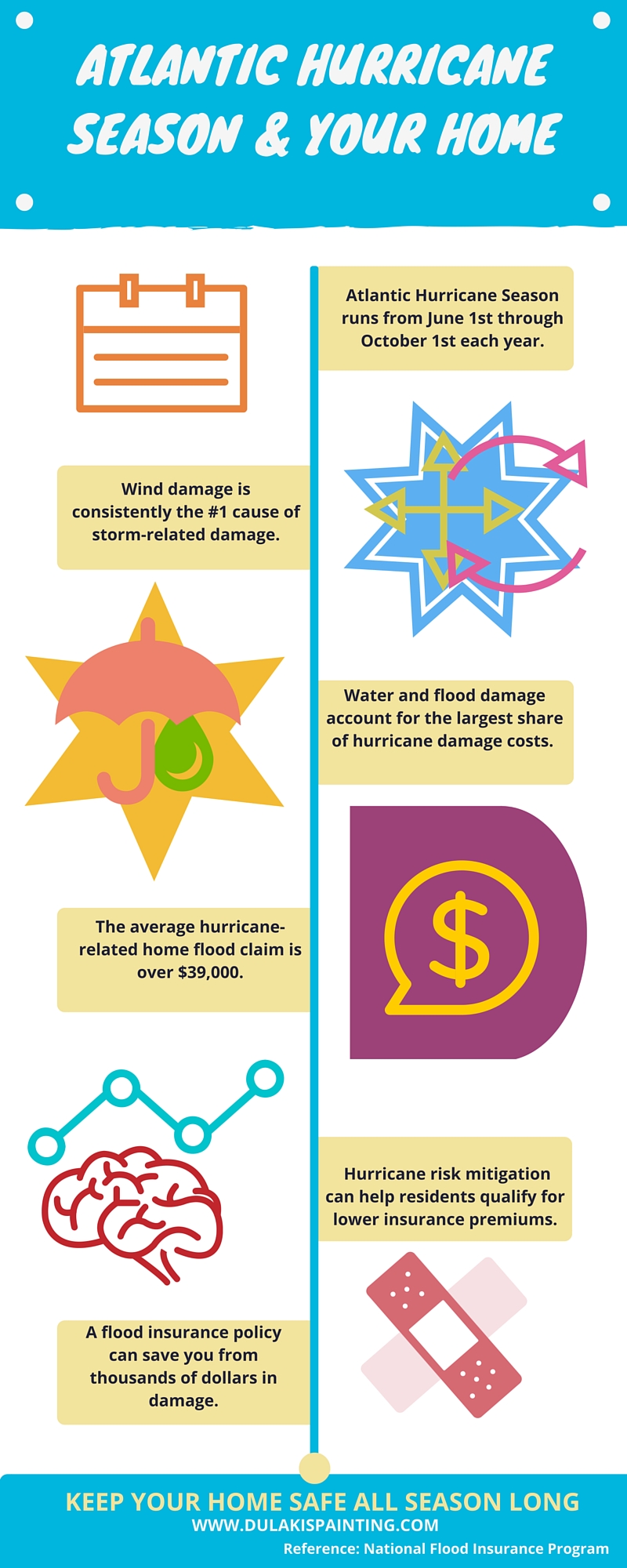Check Out The Impact Of Seasonal Aspects On The Efficiency Of Commercial External Paint And Recognize The Optimal Times To Achieve Long-Lasting Outcomes For Your Task
Check Out The Impact Of Seasonal Aspects On The Efficiency Of Commercial External Paint And Recognize The Optimal Times To Achieve Long-Lasting Outcomes For Your Task
Blog Article
Material Composed By-Korsholm Decker
When you're preparing an industrial external painting job, seasonal variables can make or break your outcomes. You'll want to consider how temperature level and moisture impact paint application and drying times. Picking the ideal period can guarantee your paint adheres properly and lasts much longer. However which periods are absolutely the very best for this sort of work? Allow's explore the key elements that can influence your job's success.
The Impact of Temperature on Paint Application
When you're intending an industrial external paint task, the temperature level can significantly impact exactly how well the paint adheres and dries.
Ideally, you want to paint when temperatures vary in between 50 ° F and 85 ° F. If it's as well chilly, the paint may not treat appropriately, resulting in problems like peeling or breaking.
On the other hand, if it's also hot, the paint can dry too swiftly, preventing appropriate adhesion and resulting in an irregular finish.
You need to additionally think about the moment of day; early morning or late afternoon uses cooler temperature levels, which can be more favorable.
Always inspect the supplier's referrals for the details paint you're making use of, as they commonly provide guidance on the suitable temperature level array for optimum outcomes.
Moisture and Its Impact on Drying Times
Temperature level isn't the only ecological element that affects your industrial outside painting job; humidity plays a substantial duty as well. High humidity degrees can reduce drying out times dramatically, influencing the total high quality of your paint task.
When the air is saturated with wetness, the paint takes longer to heal, which can bring about problems like bad adhesion and a greater danger of mold growth. If you're painting on an especially humid day, be prepared for prolonged wait times in between coats.
It's essential to monitor neighborhood weather and plan accordingly. Preferably, aim for humidity degrees between 40% and 70% for optimal drying out.
Keeping these consider mind guarantees your task stays on track and delivers a long-term finish.
Best Seasons for Commercial Outside Painting Projects
What's the very best time of year for your commercial exterior painting projects?
Spring and very early fall are typically your best choices. Throughout these seasons, temperatures are mild, and humidity degrees are commonly lower, producing excellent problems for paint application and drying out.
Prevent summer season's intense heat, which can cause paint to dry also quickly, causing poor adhesion and finish. Likewise, winter's cool temperature levels can hinder proper drying out and treating, risking the long life of your paint task.
Go for days with temperatures between 50 ° F and 85 ° F for optimum results. Keep in mind to check the local weather prediction for rainfall, as wet conditions can destroy your project.
https://lanevfkps.blog2news.com/34980040/a-novice-s-guide-to-revitalizing-your-home-with-house-paint around these variables ensures your painting job runs efficiently and lasts much longer.
Verdict
Finally, planning your commercial exterior paint tasks around seasonal factors to consider can make a substantial distinction in the end result. By scheduling work during the excellent temperatures and humidity degrees, you'll make certain much better bond and drying times. Keep in mind to keep an eye on regional weather prediction and choose the correct time of year-- spring and very early loss are your best choices. Taking these actions will assist you achieve a durable and professional finish that lasts.
